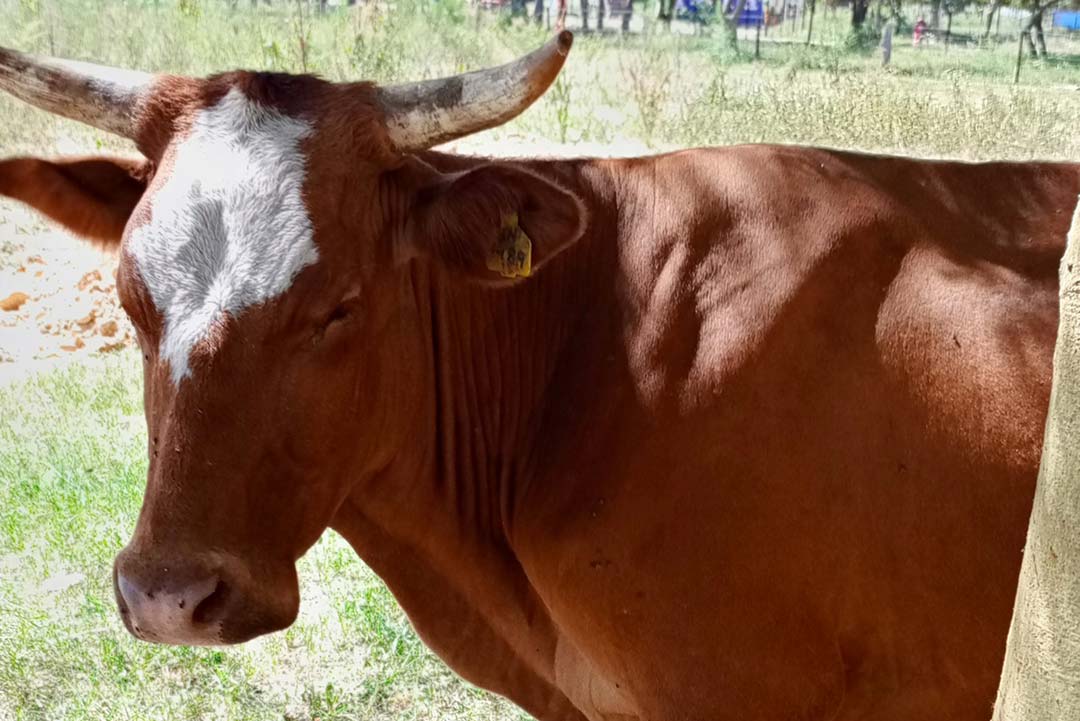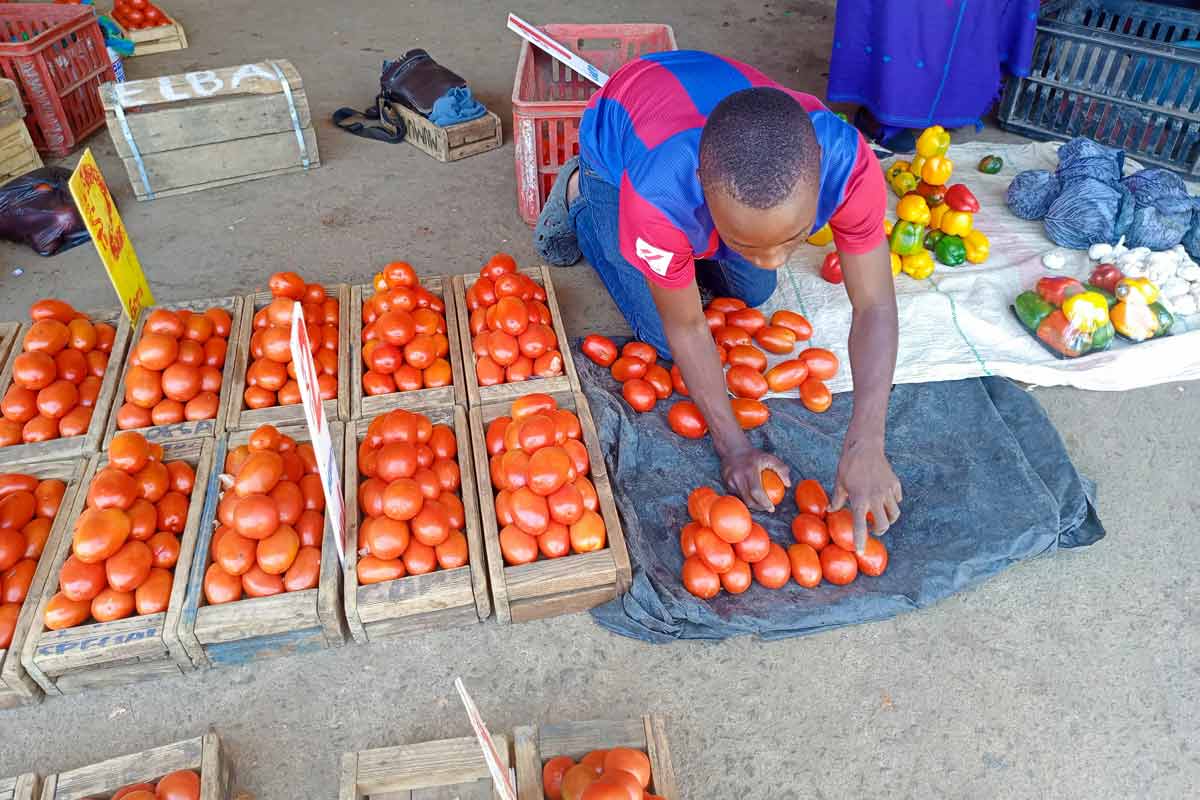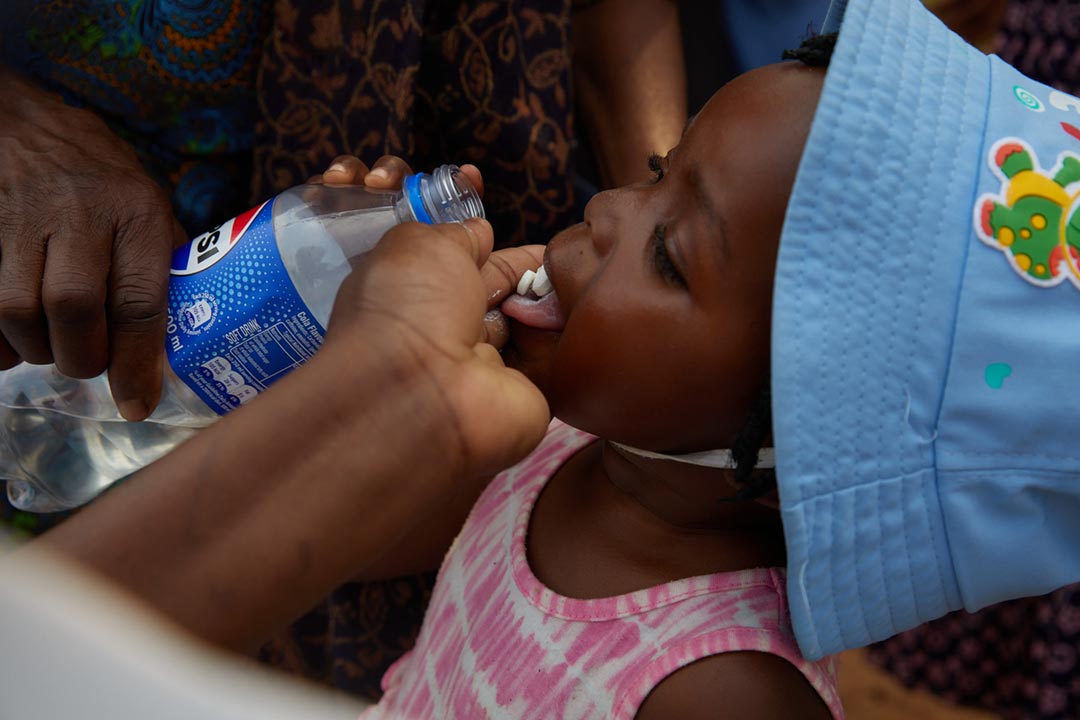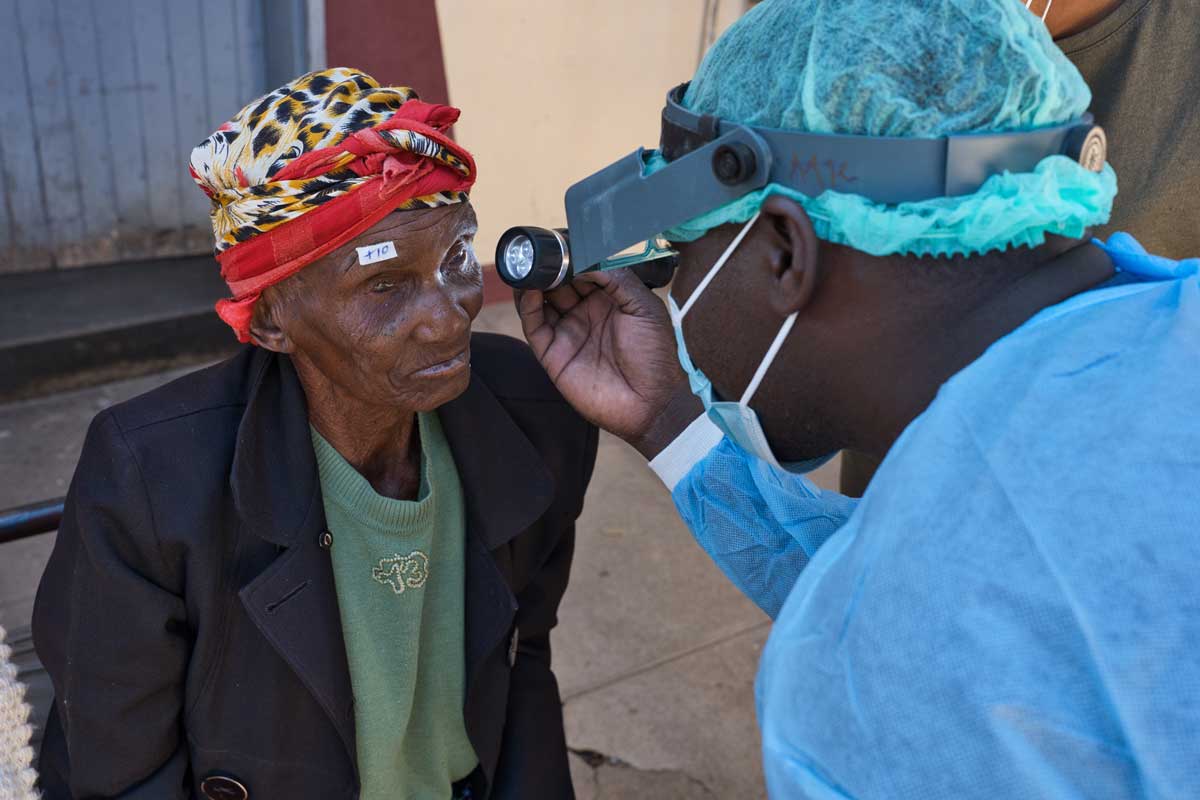Herd(er) immunity: anthrax vaccine blunts seasonal outbreak in Zimbabwe
Strategic immunisation can protect lives and livelihoods, but climate change may raise the threat level from the soil-dwelling, zoonotic bacterium.
- 28 February 2024
- 6 min read
- by Derick Matsengarwodzi

Last November, thunder clouds gathered over Mazowe, 40 km from Zimbabwe's capital, Harare, signalling the onset of the rains. The first drops, overdue and long-awaited, soon soaked into thirsty earth – but Tedious Murape, 42, lay anxious in his bed.
His mind was on his livestock, particularly his cattle – a crucial repository, for the herder, of both personal wealth and social prestige.
"The rain season is a welcome season for everyone, including animals, because our existence as famers largely depends on a good season, but it also brings forth diseases, which may be harmful to the animals we depend on for our daily sustenance," Murape explained.
“The rain season is a welcome season for everyone, including animals, because our existence as famers largely depends on a good season, but it also brings forth diseases, which may be harmful to the animals we depend on for our daily sustenance.”
– Tedious Murape, cattle herder
He was thinking of anthrax, a zoonotic bacterial disease endemic to Mazowe, which would cause more than 1,100 spillover cases in humans in five countries across southern and eastern Africa in 2023.
"For years now, in Mazowe, we have known that we are one of the country's anthrax hotspots. As farmers, we are urged to report any signs and symptoms of the disease immediately to veterinary officials, but the rain season is always a difficult period," said Murape.
These rains, arriving after a prolonged heatwave on land left sparsely covered with grazing, brought to mind the late rains of 2020, which had preceded an anthrax outbreak that killed 177 cattle and infected 87 people countrywide.
By December, Murape's fears turned to reality when he heard reports of a new outbreak in a radio news bulletin.
Buried threat
Anthrax, a soil-borne disease caused by the bacterium Bacillus anthracis, usually affects wild and domestic herbivores, which ingest the bacterial spores from the ground while grazing. Humans can contract the deadly infection from handling sick animals or eating their meat.
"So far in 2023, we have around 532 cases of people affected with anthrax, and zero deaths."
– Dr Reverend Spargo, Veterinary Field Services, Ministry of Lands, Agriculture, Fisheries and Rural Development
Anthrax symptoms in humans can include fever and chills, swelling of the neck or neck glands, sore throat and painful swallowing. Without treatment, anthrax can be fatal.
Dr Reverend Spargo, the acting Deputy Director of Veterinary Field Services for the Ministry of Lands, Agriculture, Fisheries and Rural Development, told VaccinesWork that the anthrax disease is endemic in 26 known and mapped districts across Zimbabwe, including Mazowe. "Each rain season, when the rain starts, the cattle graze close to the ground, and pick the bacteria from the soil when they graze, and only the animals which are in contact with the bacteria are affected," Dr Spargo said.
Once an area is infected, Dr Spargo explained, the bacteria can stay in the soil for a period of about 50 years.
"It is not a contagious disease," he added, meaning that anthrax does not spread from human to human or animal to animal, "but a notifiable disease, and people must notify the veterinary services when there is a suspected case."
Herd immunity?
In December, Zimbabwe's government acquired a first volley of 426,000 vaccines to fight the disease in the identified anthrax hotspots. In total, the country requires nearly 2 million vaccines to control the disease.
"So far, we have vaccinated the hotspots using the vaccines that were acquired from Botswana, and we have since seen the reduction of anthrax cases after the vaccination and the campaign programme that we conduct in the hotspot areas to fight the disease," said Dr Spargo.
Have you read?
Rates of infection would soon slow, but by early January, 36 animals had already died of the disease. For subsistence farmers like Murape, the loss of a single animal is more than the loss of its dollar value of US$ 250–350 . It's also a dent in a herd, a loss of a working farm animal , and a vanished source of food and potential income.
Moreover, anthrax is not the only pathogenic threat to the grazing herds. Since 2016, Zimbabwean herdsmen have lost around 500,000 of cattle to tick-borne January Disease (Theileriosis).
According to Dr Spargo, the risk that climate change could increase anthrax cases cannot be ignored.
"It is always painful to lose an animal that you have invested a lot into. We have seen some people consuming the dead animals, or killing them when they are about to die, and sell the meat in a bid to get something, although they understand the dangers of doing so, they just do it out of ignorance, or desperation," Murape said.
Human cases
The danger, of course, is transmission to humans.
To avoid zoonotic spillover, authorities prescribe deep burials of dead animals, or burning of the infected carcass, as even handling infected animals risks the bacterial spores entering the human body. But some people butcher infected animals to eat or sell, either in ignorance, or in hopes of softening the financial blow of a cow's death.
Still, Dr Spargo emphasises, "It is a treatable disease. So far in 2023, we have around 532 cases of people affected with anthrax, and zero deaths."
To minimise the danger, during the outbreaks, veterinary experts collaborate with health officials on health awareness campaigns to sensitise communities not to consume the meat of infected animals. They advise on proper disposal methods and how to avoid contact with infected carcasses.

Credit: Derick Matsengarwodzi)
Communities are educated to not open carcasses, because doing so risks an area becoming infected for a very long time. Butcheries are monitored to ensure they operate with licences, and they are selling meat from registered abattoirs to stop contaminated meat from being traded.
Gathering clouds
According to Dr Spargo, the risk that climate change could increase anthrax cases cannot be ignored. Floods, like the ones that hit the capital and other Zimbabwean towns in December, can be a major catalyst for anthrax spreading. After a deluge, bacteria from an infected area can be deposited in shallow pools, from which domestic animals might drink and contract disease.
“For now, I can relax and sleep well at night, because I know that my livestock is safe from the disease.”
– Tedious Murape, cattle herder
But for now, things are looking positive. Following vaccination, the country has been officially declared free from the disease, according to Dr Jairus Machakwa, Department of Veterinary Services Director. "We quickly went about, got the necessary support from the Treasury, and vaccinated all the cattle in all the affected areas," Dr Machakwa said.
"Now, we are on top of the situation; we have managed to prevail."
But there's no time for complacency. "It is important that before the anthrax problem time comes, we have in stock enough vaccines, and this is now what we are going to do, to ensure that we procure, stock and vaccinate before the problem comes in," he added.
Murape, meanwhile, says now that his cattle are vaccinated, he's less fretful. "For now, I can relax and sleep well at night, because I know that my livestock is safe from the disease."









